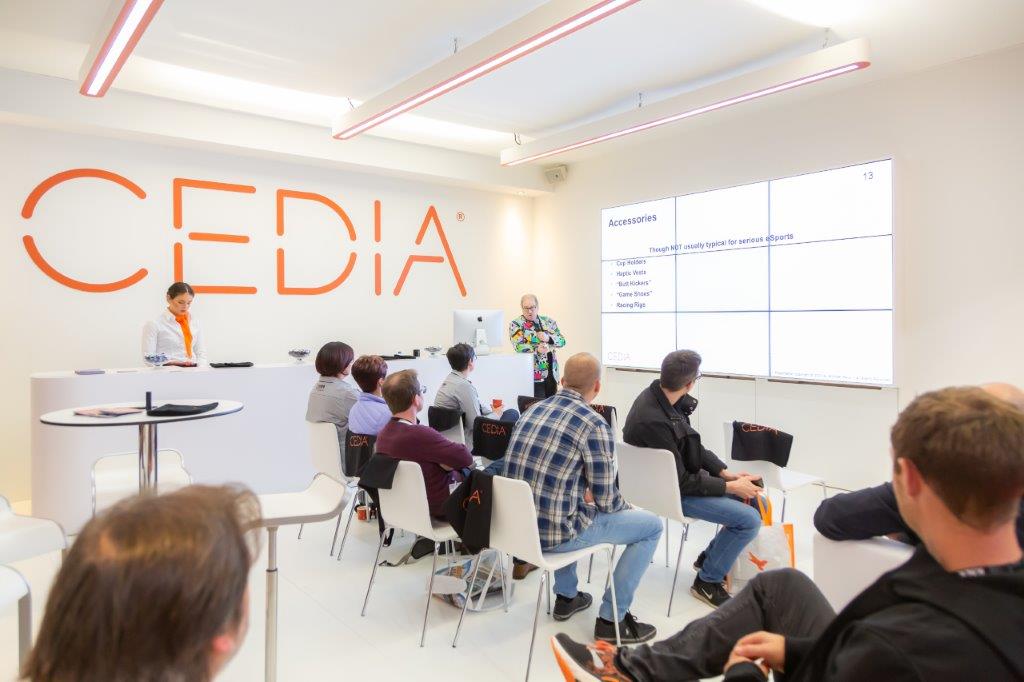

Register For Smart Building Conference ISE 2022 - Essential InstallThe pandemic has profoundly changed the way many of us think about how we live and work. Health, safety and sustainability are powerful concepts reflected at the Smart Building Conference at ISE 2022 – and are driving the global smart building market toward $265.37 billion by 2028. Sign up for the conference for free right here using the code SJU42CU6.
Thanks to the combination of smart sensor technology and the expertise of integrators, homeowners and building managers can create smart systems enabling their buildings to be increasingly intuitive, adaptable and responsive.
In the home, specific devices like surveillance cameras and smart light bulbs are contributing to spend on smart home solutions exceeding $100 billion by the end of 2021, according to Strategy Analytics.
“Consumer demand for connected systems and services in the home is increasing by the day and has been accelerating as a result of the global pandemic,” says Matt Nimmons, MD, CEDIA EMEA. “In the past eighteen months, we’ve witnessed a real expansion in the trend for technologies to facilitate working from home, or as some are calling it, living at work. Many CEDIA members have worked with developers on delivering robust and secure wi-fi connected spaces that can serve as the home office, complete with the high-quality audio and video performance to match.”
As such, the home is now a multi-functional space that provides a place of comfort, rest and relaxation as well as a secure and practical home office, a learning environment, a cinema, gaming room and fitness suite.
“The biggest developments are not so much in new smart tech, but more in the deployment of it,” says Stuart Tickle, MD at custom integration distribution company, AWE. “Now that people are spending more time at home, things previously thought of as luxury have become more standard.”
He cites smart security cameras to keep an eye on kids playing in the garden, and convenient control of energy efficient lighting and heating. Lighting control systems integrated into the wider home automation system can bring other benefits in terms of ease of use, ‘scene’ setting and even deliver human centric lighting.
“There are no signs of this trend stopping with growth looking set to continue throughout 2022,” he adds. “We are in a rare time when supply is outstripping demand, so integrators have long pipelines of work scheduled in too.”
In turn, this demand has driven investment “in the technology that can deliver the services, comfort and convenience that people now see they need,” advises Peter Broome, Director at UK smart lighting controls manufacturer Rako. “Homeowners have turned to integrators to help make the technology experience as easy to use, reliable and enjoyable as possible.”
Well-tech
Health and wellness remain in sharp focus as we approach the end of 2021. Whether through lights that sync to a home-owner’s circadian rhythm to help them sleep better or proper air filtration that offers relief for their allergies, ‘Well-tech’ is creating new ways for people to achieve their desired health outcomes.
“Well-tech is one of the fastest growing technology trends in the residential market, and integrators are the best equipped to implement these products into the home,” says CEDIA Senior Director Strategic Partnerships, Ian Bryant. “Well-tech fits right into the consultative model embraced by many in the CI industry, as they pivot from ‘selling tech’ to improving and enhancing customers’ lives in their homes.”
Giles Sutton, CEDIA Interim CEO, even calls these technology solutions, “truly lifechanging… and they are no long reserved for early adopters or the ultra-wealthy.”
There are calls for integrators to develop their relationships with related trades – lighting designers, HVAC installers, plumbers – in order to become the ‘general contractor’ or coordinator of a holistic wellness solution.
Walt Zerbe, Senior Director of Technology & Standards, CEDIA explains, “Integrators need to spend more time on the discovery side to really understand what the customer’s needs are – who the family members are, what each of them require, is anyone working or learning from home – and it takes an increased amount of study to prescribe a wellness solution for each customer. It’s very personalised. There’s no doubt that wellness is a giant opportunity for integrators to capitalise on.”
Media management solutions
The increased time people spent watching TV and online video in 2020 has resulted in an uptick in demand for dedicated cinemas or media rooms with bigger screens and powered up audio. Similarly, our collective home time is generating demand for cabling that enable outdoor lighting and entertainment systems, in turn helping people to be sociable with garden spaces for wellness and mental health.
The convenience and sanitary nature of voice control is further driving demand for smart appliances. “In particular the growth of dedicated control systems that bring all these devices together and make it easy for customers to navigate and operate via a single platform across multiple control methods, automated, voice and button,” says Tickle.
In this context, remote monitoring and management (RMM) has become more critical for integrators than ever. RMM is one of the key industry evolutions in recent times and, increasingly, becoming a necessity for today’s smart home installation business, says Mark Reynolds, Senior Director, EMEA, Snap One.
To put this into context, remote management platform OvrC by Snap One currently has over 1.5 million devices registered at around 350,000 locations with 15,000+ dealers.
“The ability to access the right tools (Control, Notifications and Monitoring) and having these fundamental resources available in the convenience of one location only enhances the pre and post installation experience,” says Reynolds. Aside from saving the cost of a site visit, the ability to resolve tech issues remotely, often without even the need to visit the site, is a bonus during a pandemic. “Throughout the past eighteen months, more and more clients have understandably wanted to keep any intrusion from tradespeople into their homes to an absolute minimum,” he says.
There’s an opportunity here for vendors and integrators who can pull together media management alongside the networking, audio, video cores. “With so many different content providers, most of us have issues in easily accessing what we want to watch content,” Zerbe says. “So, the next big wave is going to be getting someone in who can manage your media for you and make it simple to use.”
https://www.civilengineering.ai/register-for-smart-building-conference-ise-2022/


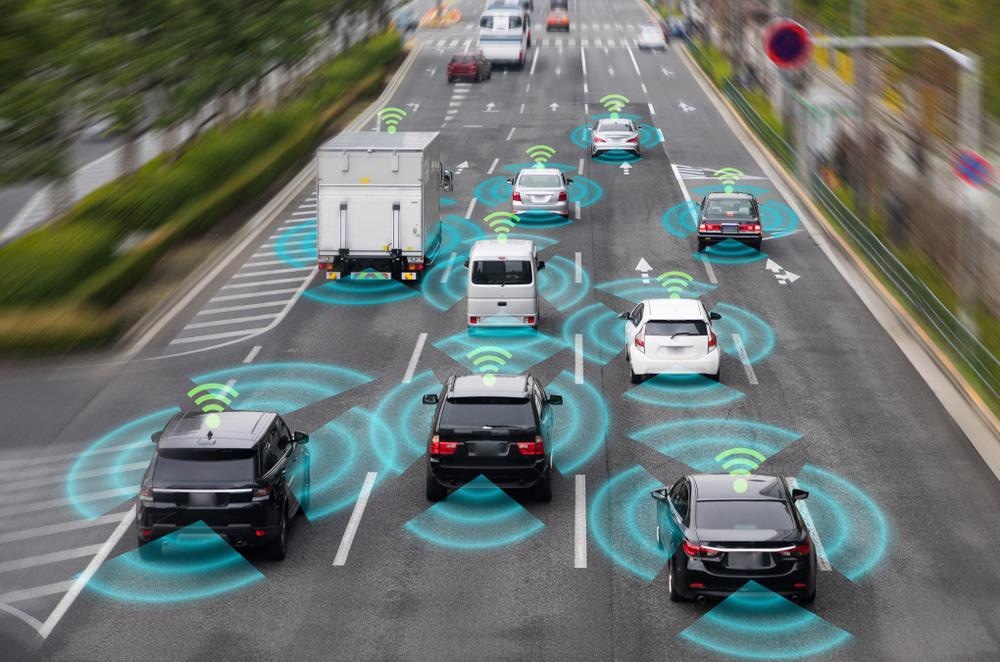 4D Imaging Radar: The Future of Environmental Response SensorsSensors have always been critical components in the roadmap to autonomy on the roads. This article talks about the different levels in automation, the sensors and then focuses on 4D imaging radar and its recent developments.
4D Imaging Radar: The Future of Environmental Response SensorsSensors have always been critical components in the roadmap to autonomy on the roads. This article talks about the different levels in automation, the sensors and then focuses on 4D imaging radar and its recent developments.
 There aren’t enough skilled workers for Biden’s big infrastructure planBiden's big infrastructure plan, which was passed last month, promises to create hundreds of thousands of new jobs, many of which won't require a college degree. But it's going to be an uphill battle trying to fill those roles.
There aren’t enough skilled workers for Biden’s big infrastructure planBiden's big infrastructure plan, which was passed last month, promises to create hundreds of thousands of new jobs, many of which won't require a college degree. But it's going to be an uphill battle trying to fill those roles.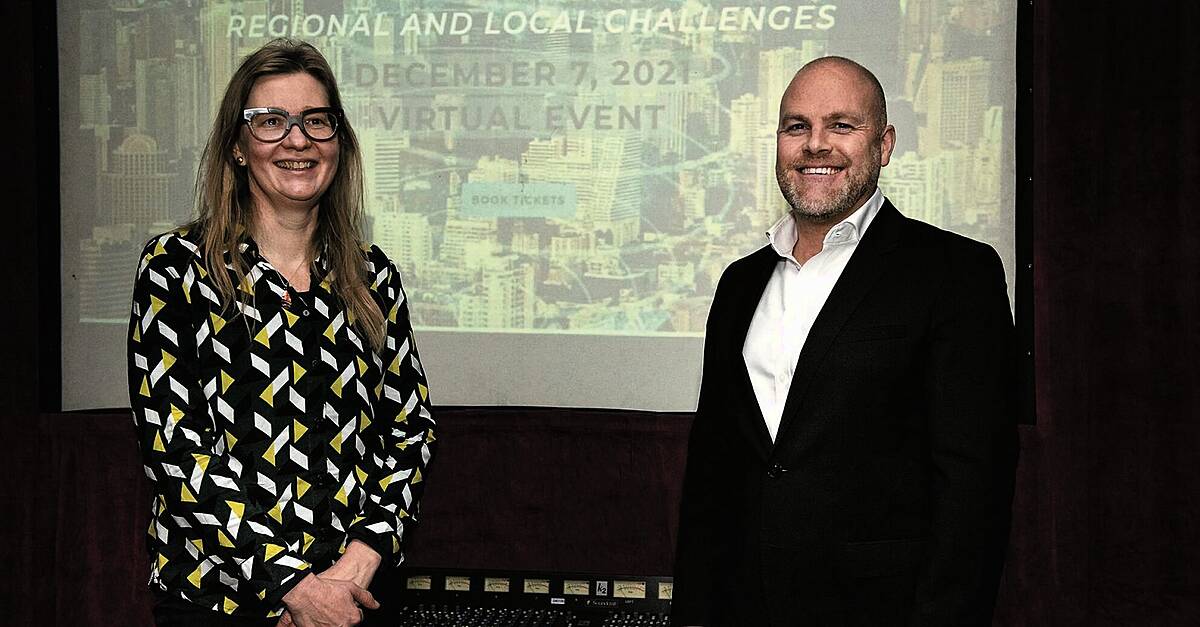 Smart cities are the building blocks for smarter societies | Business PostFast-paced digital transformation with citizens and sustainability at its centre will ensure a bright future for our increasingly connected society
Smart cities are the building blocks for smarter societies | Business PostFast-paced digital transformation with citizens and sustainability at its centre will ensure a bright future for our increasingly connected society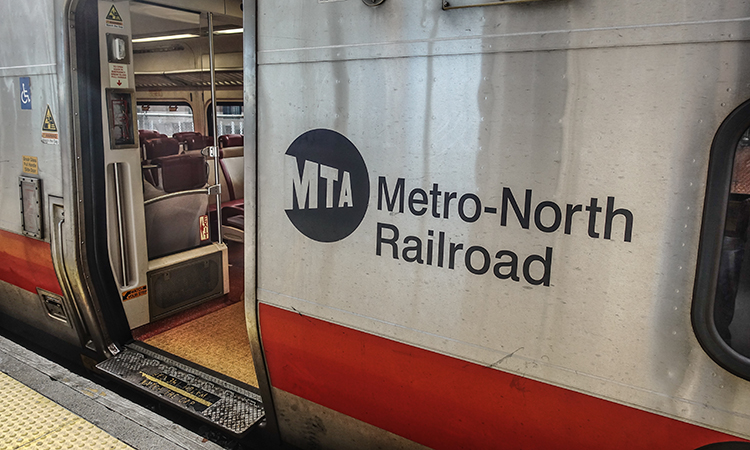 Metro-North Railroad seating availability feature now on Google MapsMetro-North Railroad customers can now turn to Google Maps to see the capacity of seats available in each car at any given moment to make informed decisions based on real-time data.
Metro-North Railroad seating availability feature now on Google MapsMetro-North Railroad customers can now turn to Google Maps to see the capacity of seats available in each car at any given moment to make informed decisions based on real-time data.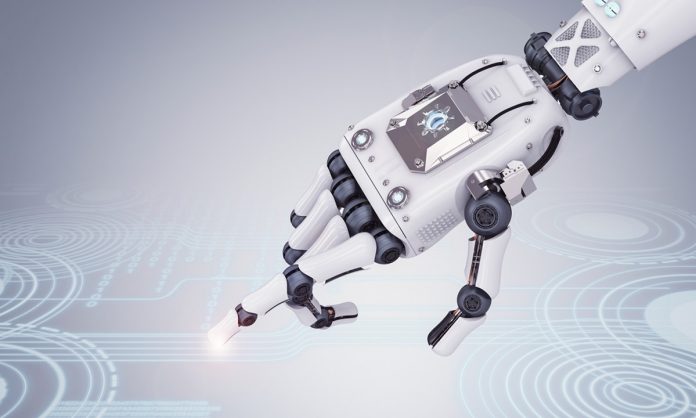

 Acquisition of EcoDomus’ Digital Twin Software by Siemens to Expand Its Smart Building OfferingSiemens Smart Infrastructure has signed an agreement to acquire digital twin software for buildings from EcoDomus, a US-based company. The move helps Siemens Smart Infrastructure expand its digital building portfolio, including its cloud-based building operations twin software and its flagship building management platform Desigo CC.
Acquisition of EcoDomus’ Digital Twin Software by Siemens to Expand Its Smart Building OfferingSiemens Smart Infrastructure has signed an agreement to acquire digital twin software for buildings from EcoDomus, a US-based company. The move helps Siemens Smart Infrastructure expand its digital building portfolio, including its cloud-based building operations twin software and its flagship building management platform Desigo CC. It’s time for rail companies to get smarter with data | New Civil EngineerThe rail network is awash with data. There are systems measuring everything you could possibly compute – from ticket sales and toilet cleaning to punctuality and passenger satisfaction. Use this data smartly, and you have the power to transform your train operating company (TOC).
It’s time for rail companies to get smarter with data | New Civil EngineerThe rail network is awash with data. There are systems measuring everything you could possibly compute – from ticket sales and toilet cleaning to punctuality and passenger satisfaction. Use this data smartly, and you have the power to transform your train operating company (TOC).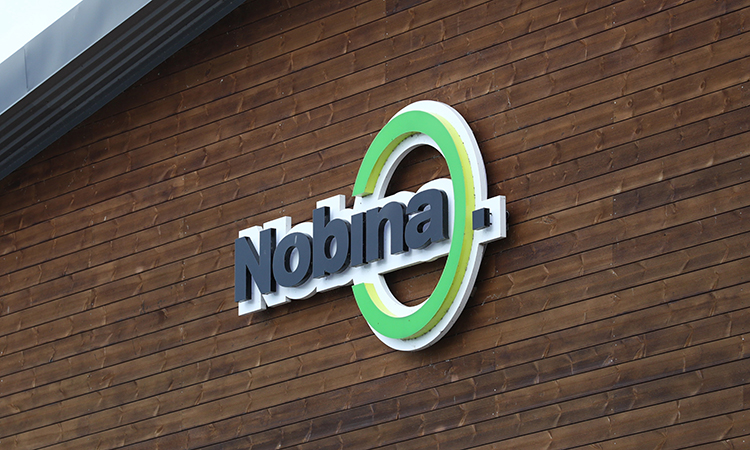
 Nobina expands bus operations in Stockholm with new contractsNordic operator Nobina has been awarded two contracts for the operation and development of public transport services in Stockholm.
Nobina expands bus operations in Stockholm with new contractsNordic operator Nobina has been awarded two contracts for the operation and development of public transport services in Stockholm.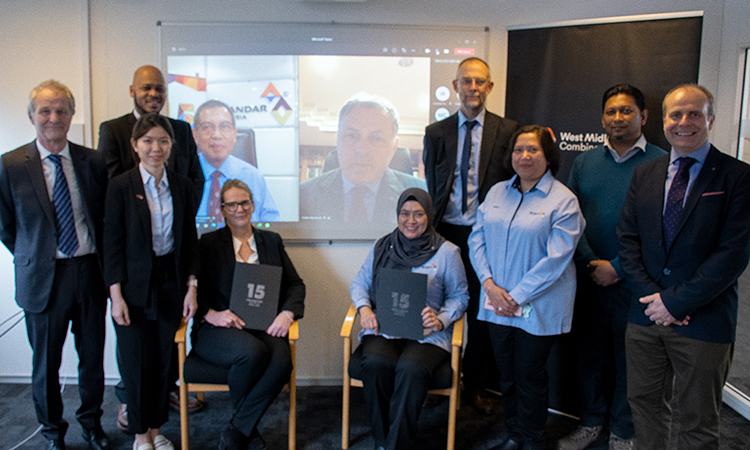
 UK’s West Midlands signs MoU with Malaysia on transport innovationThe West Midlands Combined Authority and the Iskandar Regional Development Authority will share knowledge, ideas and lessons learned from within the urban and transport planning realms.
UK’s West Midlands signs MoU with Malaysia on transport innovationThe West Midlands Combined Authority and the Iskandar Regional Development Authority will share knowledge, ideas and lessons learned from within the urban and transport planning realms.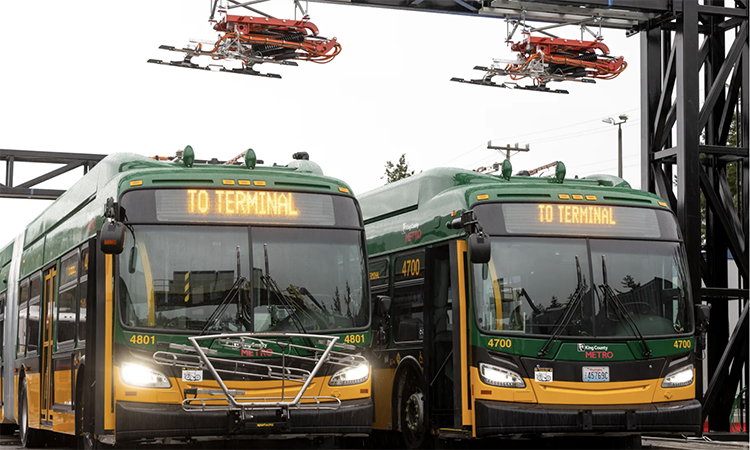
 King County Metro marks major milestone in bus electrification projectKing County Metro has awarded the contract for the design and build of the electrification infrastructure needed for battery-electric buses.
King County Metro marks major milestone in bus electrification projectKing County Metro has awarded the contract for the design and build of the electrification infrastructure needed for battery-electric buses.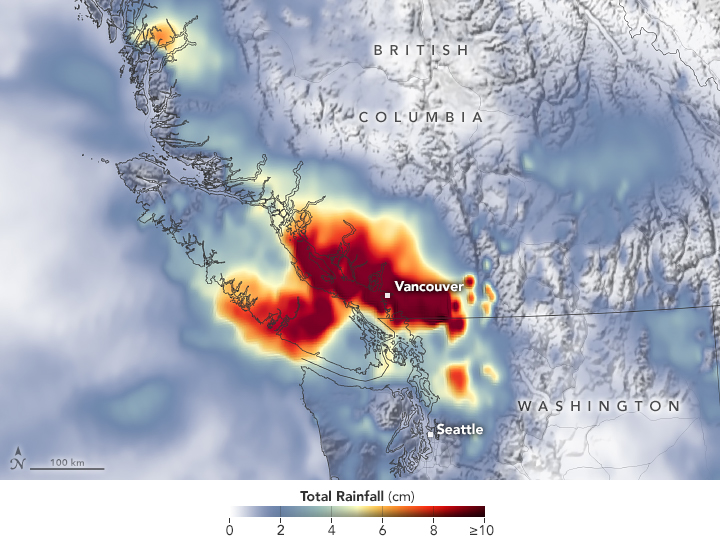
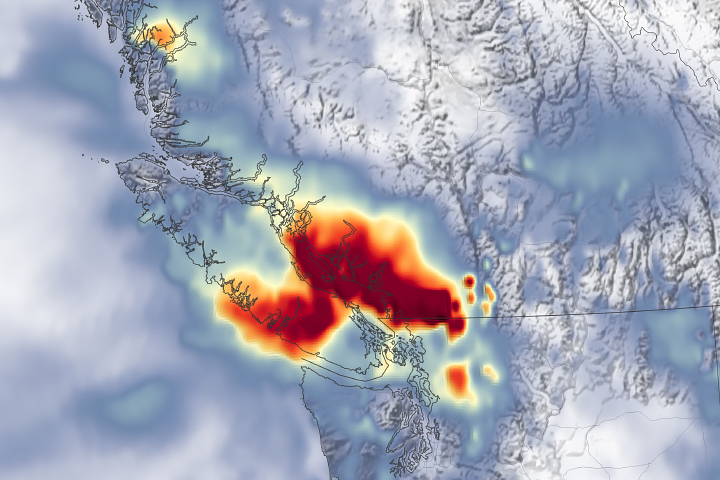 Severe Flooding in the Pacific NorthwestTorrential rain in the Pacific Northwest spurred deadly floods and mudslides that have damaged infrastructure and isolated communities in Canada and the United States. Much of the rain fell from November 13-15, 2021, the product of a potent atmospheric river that took aim at the region and added more moisture to already saturated soils.
Severe Flooding in the Pacific NorthwestTorrential rain in the Pacific Northwest spurred deadly floods and mudslides that have damaged infrastructure and isolated communities in Canada and the United States. Much of the rain fell from November 13-15, 2021, the product of a potent atmospheric river that took aim at the region and added more moisture to already saturated soils. Bird riders save 1.1 million gallons of gasoline in 2021Bird has published a range of end-of-year data outlining the environmental, economic and other notable achievements made during 2021.
Bird riders save 1.1 million gallons of gasoline in 2021Bird has published a range of end-of-year data outlining the environmental, economic and other notable achievements made during 2021.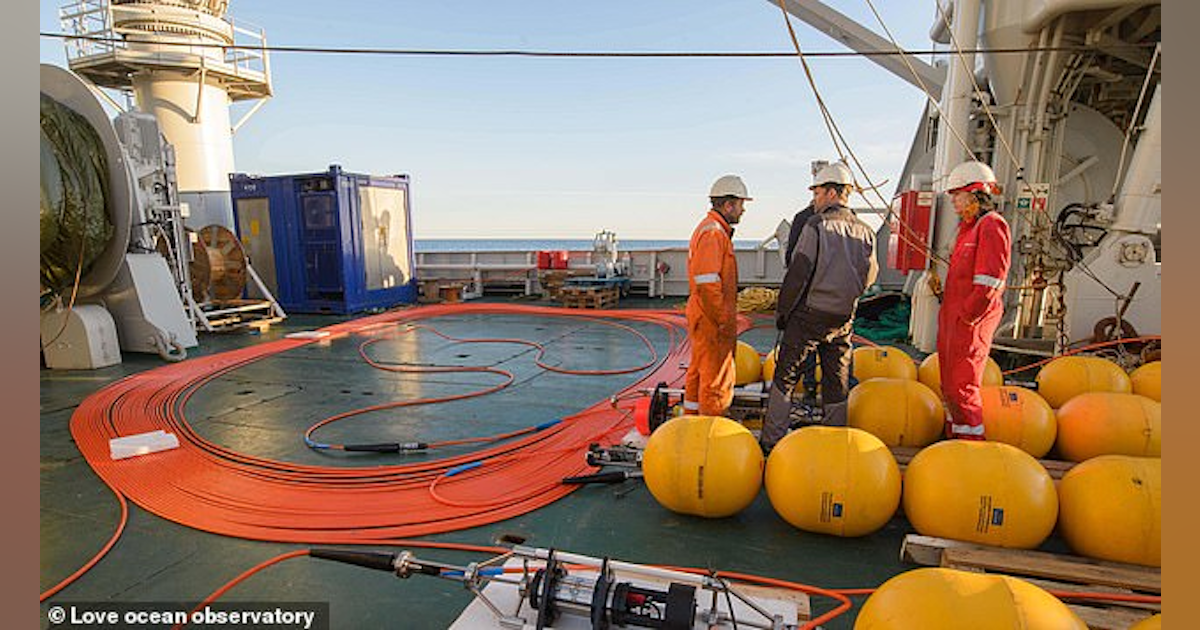 Norwegian cable network of undersea sensors able to detect submarines found disabled after cables were cutAn unmanned submarine traced the cause to Node 2, a surveillance platform 820 feet underwater that was dragged away from its normal location.
Norwegian cable network of undersea sensors able to detect submarines found disabled after cables were cutAn unmanned submarine traced the cause to Node 2, a surveillance platform 820 feet underwater that was dragged away from its normal location.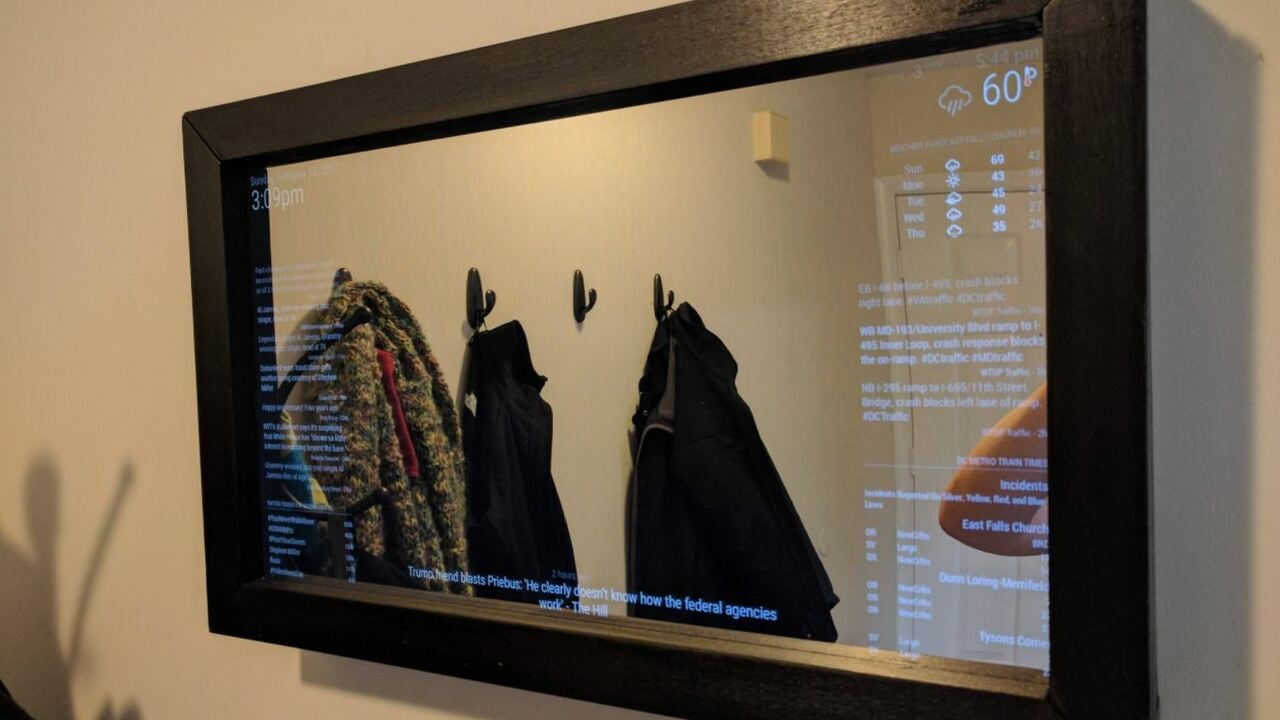 Raspberry Pi Smart Mirror: How to Make a Magic MirrorA Raspberry Pi smart mirror combines a reflective display with customized features. Read on to learn more about how to build one!
Raspberry Pi Smart Mirror: How to Make a Magic MirrorA Raspberry Pi smart mirror combines a reflective display with customized features. Read on to learn more about how to build one! ‘Fake farmers’ in Odisha caught by remote sensing appInspection of around 6,000 suspected plots using satellite images to locate paddy and non-paddy plantations led to the revelation that 1,465 registrations that were made to sell paddy were fake.
‘Fake farmers’ in Odisha caught by remote sensing appInspection of around 6,000 suspected plots using satellite images to locate paddy and non-paddy plantations led to the revelation that 1,465 registrations that were made to sell paddy were fake.
 Register For Smart Building Conference ISE 2022 - Essential InstallThe pandemic has profoundly changed the way many of us think about how we live and work. Health, safety and sustainability are powerful concepts reflected at the Smart Building Conference at ISE 2022 – and are driving the global smart building market toward $265.37 billion by 2028. Sign up for the conference for free right here using the code SJU42CU6.
Register For Smart Building Conference ISE 2022 - Essential InstallThe pandemic has profoundly changed the way many of us think about how we live and work. Health, safety and sustainability are powerful concepts reflected at the Smart Building Conference at ISE 2022 – and are driving the global smart building market toward $265.37 billion by 2028. Sign up for the conference for free right here using the code SJU42CU6. Traffic Technologies cements dominant position in Queensland with $9m in government contractsAs it continues its growth trajectory, Traffic Technologies (ASX: TTI) has collared up to $9 million in contracts with the Queensland Government’s Department of Transport and Main Roads (TMR) – cementing its position in the state and shoring up substantial long-term recurring revenue.
Traffic Technologies cements dominant position in Queensland with $9m in government contractsAs it continues its growth trajectory, Traffic Technologies (ASX: TTI) has collared up to $9 million in contracts with the Queensland Government’s Department of Transport and Main Roads (TMR) – cementing its position in the state and shoring up substantial long-term recurring revenue. Moving from BIM adoption to BIM optimizationAs the AEC industry begins to see more of their return on investment from BIM, advanced use cases and strategies for increasing efficiency are more possible than ever.
Moving from BIM adoption to BIM optimizationAs the AEC industry begins to see more of their return on investment from BIM, advanced use cases and strategies for increasing efficiency are more possible than ever. EIB and Alteia sign €15m for development in AI tech applied to visual data | Business“The EIB is pleased to be able to support the development of a company as promising as Alteia in the very high potential market of visual intelligence,” said EIB Vice-President Ambroise Fayolle.
EIB and Alteia sign €15m for development in AI tech applied to visual data | Business“The EIB is pleased to be able to support the development of a company as promising as Alteia in the very high potential market of visual intelligence,” said EIB Vice-President Ambroise Fayolle.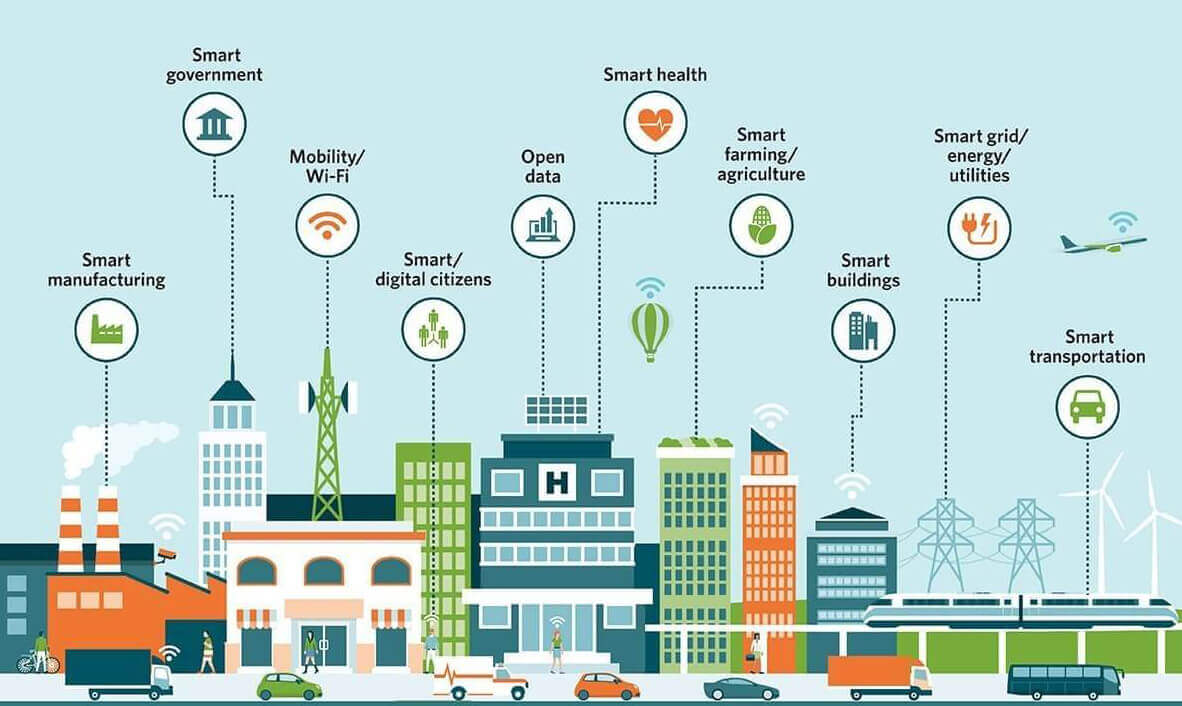
 How nanotechnology can benefit smart citiesA smart city is an infrastructure framework that addresses the growing urbanization challenges by embracing integrated and automated information and communication technologies to help optimize all city operations, help achieve sustainability goals and better quality of life for its citizens (read our primer on smart cities).
How nanotechnology can benefit smart citiesA smart city is an infrastructure framework that addresses the growing urbanization challenges by embracing integrated and automated information and communication technologies to help optimize all city operations, help achieve sustainability goals and better quality of life for its citizens (read our primer on smart cities). China Tech Digest: Tencent Unveils IDC Operation Robot; Baidu Apollo To Build Intelligent Transportation In HuangpuTencent unveils IDC operation robot
China Tech Digest: Tencent Unveils IDC Operation Robot; Baidu Apollo To Build Intelligent Transportation In HuangpuTencent unveils IDC operation robot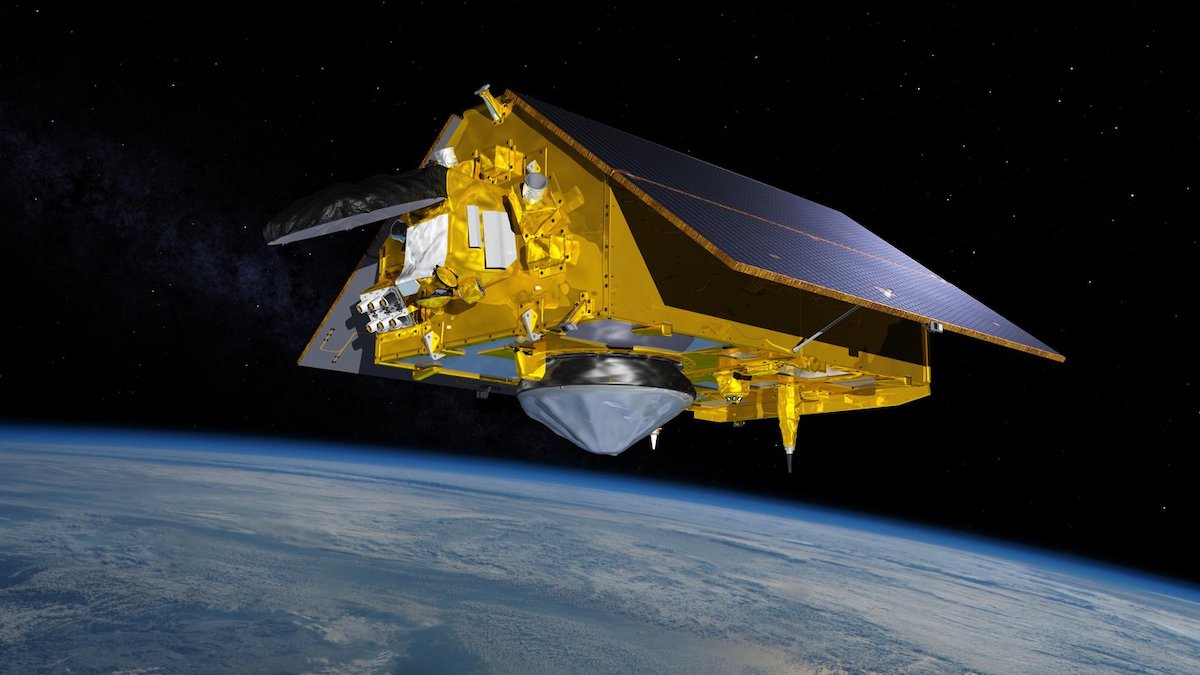 Transforming Hydrology by Integrating Sensors and Disciplines - EosSatellite sensing has transformed hydrology by providing global information on variables and fluxes. Breakthroughs will come from integrating sensing information and cross-disciplinary approaches.
Transforming Hydrology by Integrating Sensors and Disciplines - EosSatellite sensing has transformed hydrology by providing global information on variables and fluxes. Breakthroughs will come from integrating sensing information and cross-disciplinary approaches. Impact of digital twins on Middle East construction | MEEDAn exclusive report from MEED in partnership with Autodesk reveals the role of advanced digital and data technologies in innovating project delivery
Impact of digital twins on Middle East construction | MEEDAn exclusive report from MEED in partnership with Autodesk reveals the role of advanced digital and data technologies in innovating project delivery